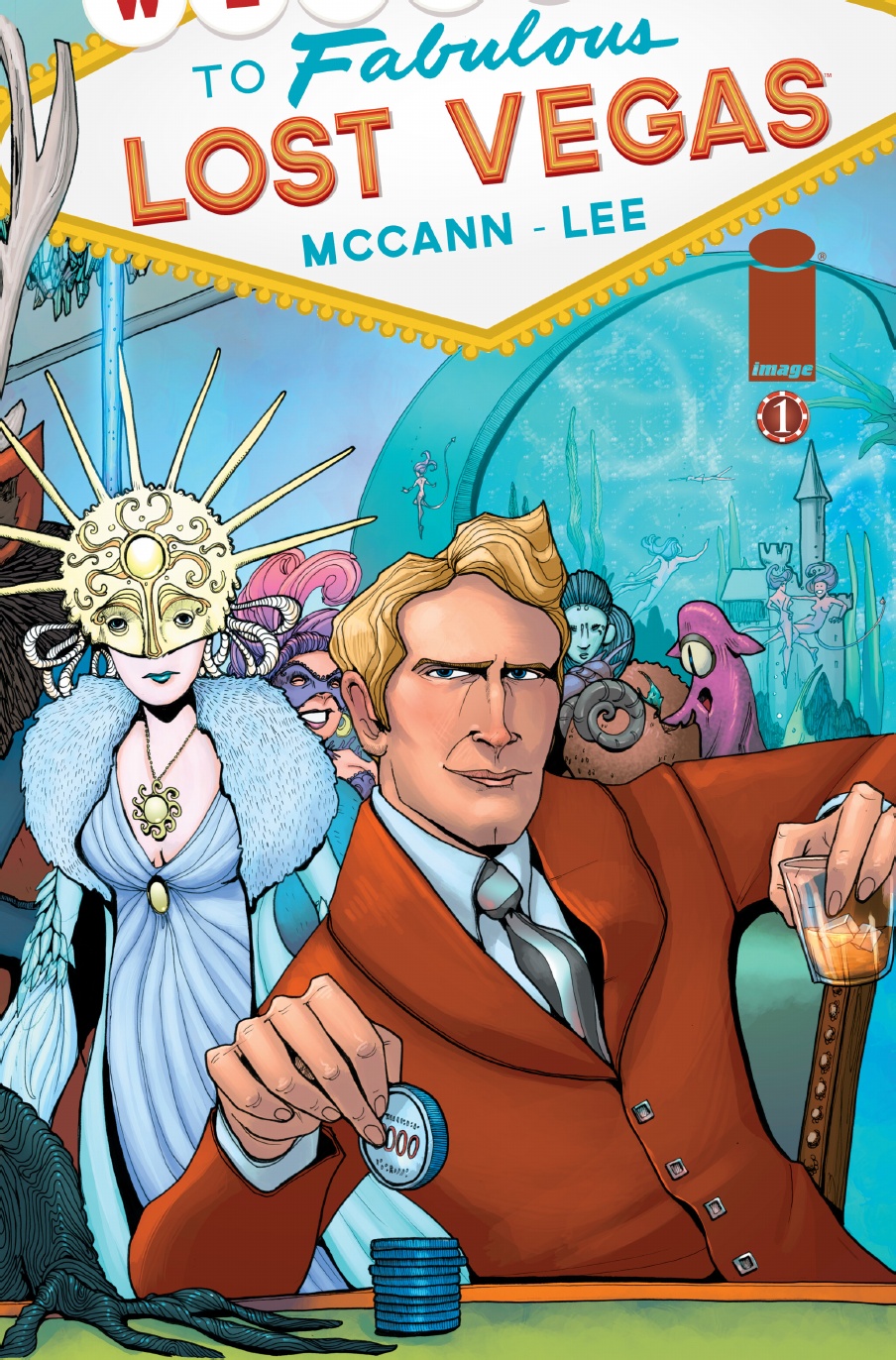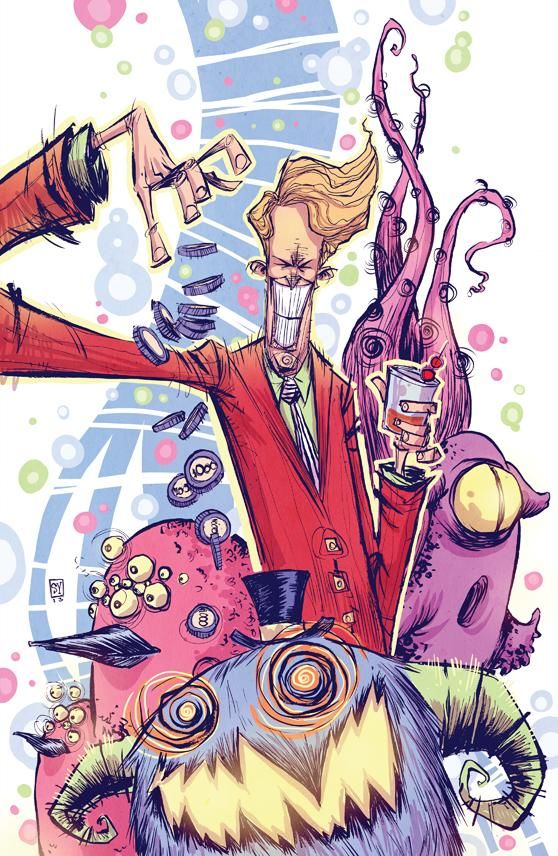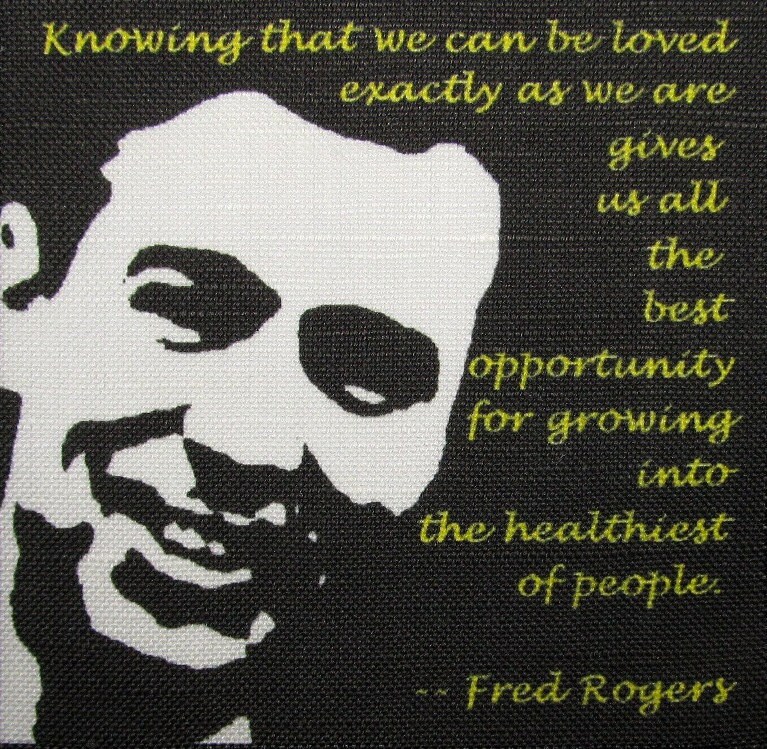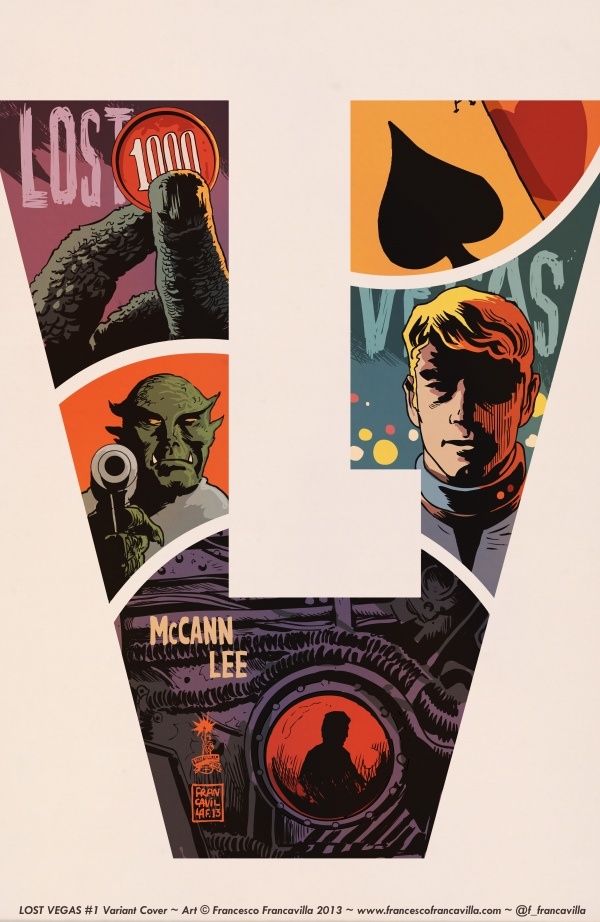 |
| Lost Vegas: Art by Janet K. Lee |
Artist Janet Lee and story-teller/author Jim McCann have teamed together again (
Return of the Dapper Men, Archaia 2010) and created the absolutely awesome
Return of the Dapper Men.
Lost Vegas. published as a miniseries through Image Comics, debuted March 6th amidst much fan-fare and rave reviews.
While this miniseries was rumored to have originally been about "a day care center in space" it morphed into a science fiction heist story although McCann, in a
Comic Book Resource Interview noted that "...we reserve the right to return to
Lost Vegas, The Day Care Center if this book is a hit. Just sayin'..."
Overview:
Lost Vegas' basic story centers around one cocky gambler - turned galactic slave to cover his table losses - who plans "the greatest heist [and escape] the universe has seen." In this story, Roland our 'gambler slave (whom McCann describes as: "...Paul Newman's character in
The Hustler...pressing his luck with the ego Hans Solo had in his early days - the 'No way can I get caught' mentality") pairs up with awesome aliens developed by Lee (including a ten-foot stag and an alien who serves as a sentient link between 'the accomplices', to create their heist/escape of the millenium. And then there's Kaylex, a mysterious dancer in Issue #1, with the potential of being Roland's femme-fatale.
The story line and art clearly reflect the benefits of collaboration as each enhance the other. You can see, hear and feel the energy and adrenaline rush of the casino floor and its shows meant to distract, while realizing that for all the 'wins' on that floor, there are devastating losses.
Note to readers: This is not a fast read because you need to feast on the words and images reflecting the overwhelming genius of the McCann-Lee partnership. The images in particular are rich with detail and background and while set clearly in the future, the reader can't help but think of how
Ocean's Eleven meets
Star Wars and certain
Star Trek episodes - with healthy doses of
The Italian Job and
The Hustler.
One really cool factor about the art is that the gambler-slaves, who come from all over the galaxy wear a slave-shackling collar that when they 'serve' on the floor is turned on, changing their appearance to one look. At the switch of the collar button all aliens appear as a non-descript man. One of Lee's challenges was to distinguish our 'hero' Roland from the others when he's on the floor (and not underground in his cell)...and she does it brilliantly - but, you'll have to see how she does this on you own. I won't spoil a thing.
While the first issue is PG13, this read is basically for teens and above with the rest of us hoping the younger set gets to see the eventual surfacing of what sounds like an awesomely bizarre Lost Vegas: The Day Care Days.
So here's a glimpse at
Lost Vegas (well worth a closer look on your own):
In this image, Janet Lee takes the Star Wars bar scene to the limits in her Lost Vegas Art:
 And here are some reactions
And here are some reactions:
"
Lost Vegas #1is an overwhelmingly successful feat of storytelling and a visual smorgasbord...[giving us] a one-of-a-kind experience, rooted in familiarity, that surpasses whatever we were capable of expecting." Posted by Sam Lebas on
Image Adiction - 3/4/13
And infanboy.com has voted the cover and cover variants being offered in exclusive Issue #1 copies as "Best of the Week." Take a look:
Cover choice #1

"Best of the Week in Covers" 3/6/13 posted by Paul Mongomery on
ifanboy.com voted the image above (drawn by Janet Lee) as his first "Best of the Week 3/6/2013" entry and wrote: "Note the steely poker face. Note, too, the spectacular shawl syle lapels, the square buttons of his rust orange jacket. I also enjoye the intimate hook of the first person perspective. We're the dealer or some opponent engaged in a very high stake game. I love a cover that poses a triple dog dare."
Cover Choice #2:
Note this cover, drawn by Francesco Francavilla, was also voted 'The Week's Best' by Paul Montgomery in ifanboy.com's The Best of the Week in Covers - 3/6/13. Regarding this cover, Montgomery describes this as "An alien symbol with a vintage aesthetic. I imagine James Coburn in the lead role. Maybe Sheldon Leonard voices one of the whales. Grungy space jazz over a tram car chase, the camera canted at every turn. Turtle necks."
Cover Variant #3:

And Cover Variant "3 was also voted 'The Week's Best' by Paul Montgomery in ifanboy.com's The Best of the Week in Covers - 3/6/13. This cover was drawn by Skottie Young and Montgomery notes that, "Young captures the delirium of the casino, the color and cacophony of the otherworldly pleasure palace. This is the height of frenzy, the buzz and hum of excess and fantasy. The heffalumps and woozies whose footfalls you don't fully register until the cold thud of the morning wake-up call."
Cover #4:

This variant cover was drawn by Dan McDaid and was ALSO voted 'The Week's Best' by Paul Mongomery in ifanboy.com's The Best of the Week in Covers - 3/6/13. In his post, Montgomery notes that, "Of all the covers, McDaid best translates Roland's anger. This is the aspect that landed him in that place of servitude and this is perhaps the only thing that will get him out of there. This is the cold fury under the skin of every disgruntled employee in the hospitality business."
So.... what cover do you like?...Have you read Lost Vegas yet?
Let us know in the comments.
In the meantime, thanks for your visit. I hope to see you back soon.

























